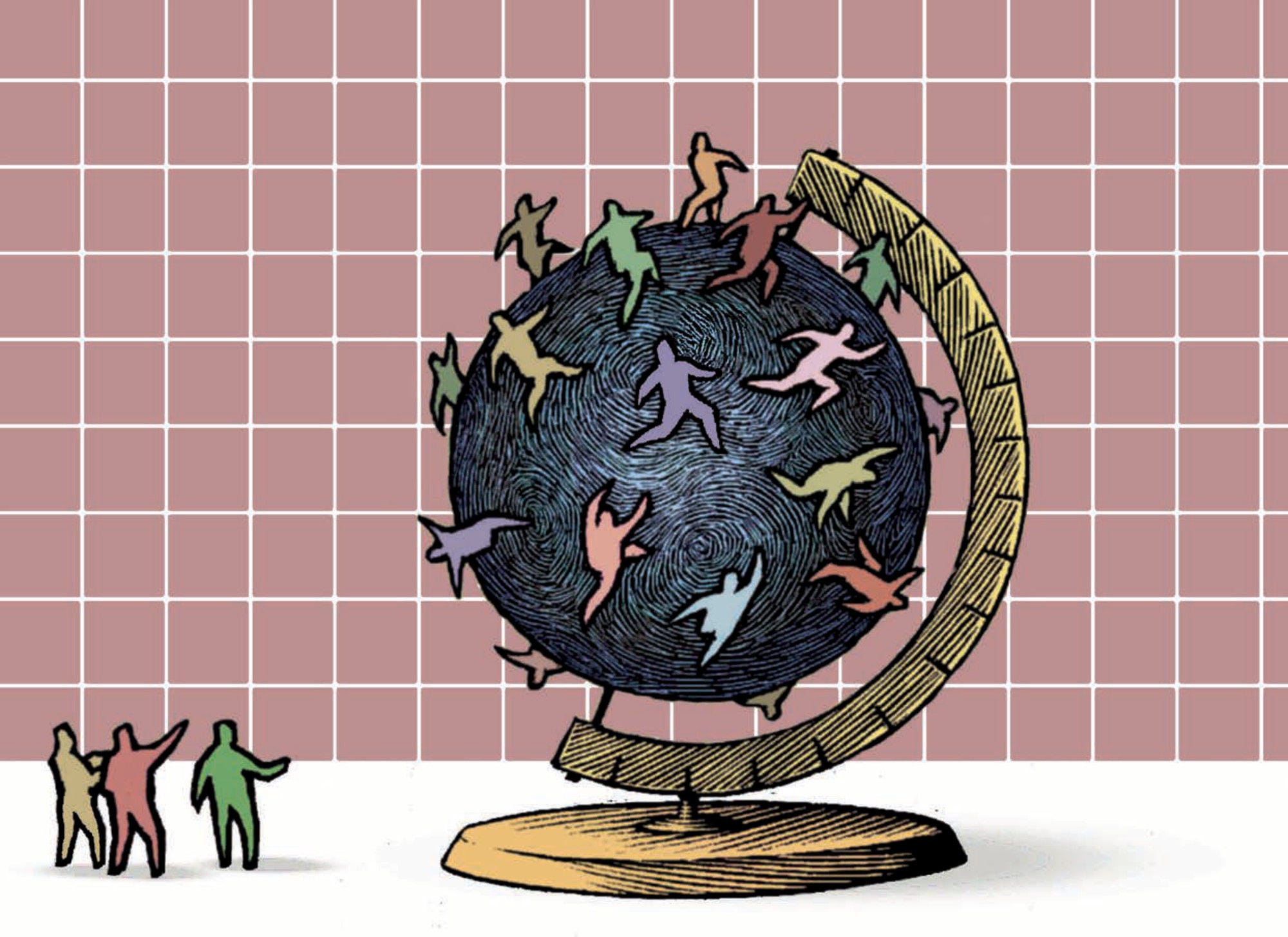Among the 62 000 permanent immigrants received by Colombia in 2015, the main countries of origin are Venezuela (9 000), the United States (8 000) and China (5 000). Emigration of Colombians to OECD countries decreased by 18.5% to 66 000. Approximately 52% of this group migrated to Spain, 27% to the United States and 5% to Germany.
Migration policy developments in Colombia were marked by the unprecedented inflow of migrants from Venezuela. By the end of 2018, according to Migration Colombia, there were 1.17 million Venezuelans in the country. More than 30% of this population is located in border areas with Venezuela, and 22% in Bogotá. About 60% have a regular resident migrant status, a Special Stay Permit that was created in response to the crisis. Some 442 000 Venezuelans registered in a mass registration exercise which was led by the government between April and July 2018 in order to enhance regularisation. Those regularised obtain a Special Stay Permit (PEP) enabling them to remain in Colombia regularly for up to two years, with full access to basic rights. A further group concerns transit migrants towards Ecuador, Peru, Chile and Argentina, most with an irregular status.
Not counted in the above, are those who enter temporarily to acquire food, medicine and other basic products and visit relatives. Colombian returnees and mixed families are also not included. Regarding such cross‑border visits, the Colombian government reintroduced Border Mobility Cards (TMF) for Venezuelans as of 27 November 2018, allowing beneficiaries to access border areas for up to seven days to purchase basic goods, services and visit relatives. Requests for the original TMF had been closed since February 2018. By the end of December, more than 830 000 people had registered for the new round of TMF.
On 18 October, the Ministry of Labour established a National Registry of Foreign Workers in Colombia with the aim of promoting regular and safe labour migration. The next day, plans for a unique biometric registration system to identify Venezuelans arriving in Colombia were announced by the government.
On 24 November, the President of Colombia issued a strategic document to address the arrival of Venezuelans in Colombia. The document describes the government's strategy for meeting their basic needs, which includes health services, education and early childhood support, labour market measures, as well as housing support and security measures. The budget between 2019 and 2021 is set to about USD 120 million. Most funding will be channelled through the Colombian Family Welfare Institute.
In December, an international Response Plan for Refugees and Migrants from Venezuela was launched, covering 16 countries and 95 institutional partners. The plan foresees a support of USD 738 million in 2019 for 2.7 million people, including a request for funds for Colombia of USD 315 million from 34 partners. There are four strategic areas in the plan: direct emergency assistance; protection response measures; instruments for socio‑economic and cultural inclusion; and strengthening capacity of host communities.
In 2019, Colombia proposed changes to its immigration law, which would limit Migrant Worker Visas to foreigners holding higher education. Other changes add documentary requirements or processing steps, lengthening procedures. Some categories currently allowed to hold a Migrant Visa, which counts towards the residence requirement of the Resident Visa, will have to obtain Visitor Visas instead. Resident Visas, currently unlimited, would have to be renewed after ten years.
For further information:

